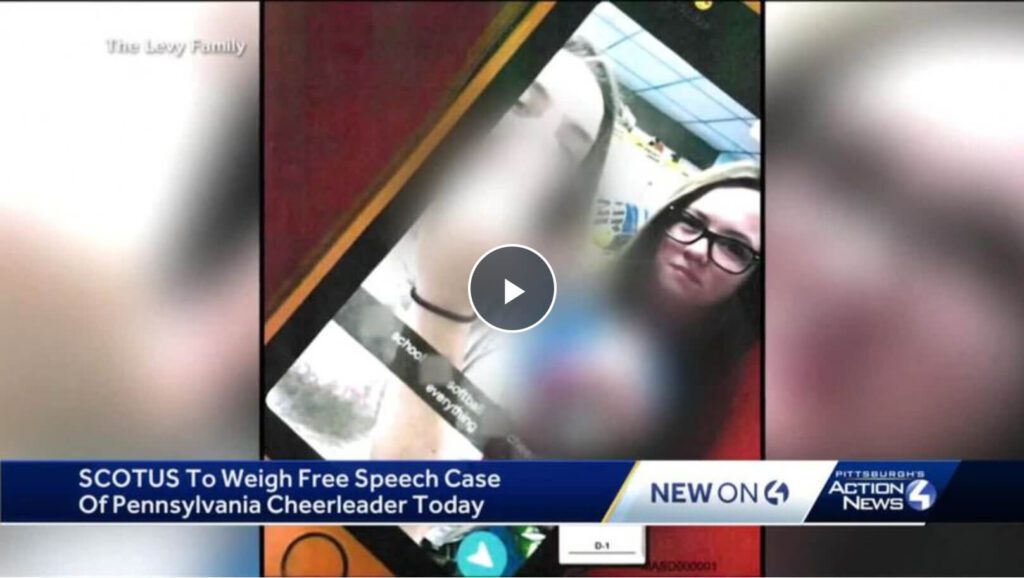The curated resources linked below are an initial sample of the resources coming from a collaborative and rigorous review process with the EAD Content Curation Task Force.
 Reset All
Reset All
Students will investigate the powers of the Presidency in the Constitution, as outlined in the "Federalist Papers".

The Roadmap




National Endowment for the Humanities


Freedom of speech is so fundamental to the nation’s guiding principles that it is protected in the First Amendment to the Constitution. At the same time, the U.S. Government has imposed limits on that freedom throughout the nation’s history, and not all Americans have enjoyed equal freedom of speech under the law. This set of sources explores freedom of speech through the nation’s laws, courts, protests and controversies. Sources include historical examinations of free speech before the Civil War, during the early 20th century, and during the Civil Rights Era; the Spotlight Kit also explores contemporary issues, including recent controversies that remain unresolved. Sources are indexed below by type and by era, and each source includes a brief description as well as guiding questions for use in the classroom. While longer texts include a link to the full original text, the excerpt provided here is intentionally chosen and edited for classroom use.
The resources in this spotlight kit are intended for classroom use, and are shared here under a CC-BY-SA license. Teachers, please review the copyright and fair use guidelines.



The Roadmap











- Primary Resources by Era/Date1776 - 1865 (3)1900 - 1957 (4)1960s (4)1970s-80s (3)2000 - present (4)
- All 18 Primary ResourcesThe U.S. Bill of Rights (ratified December 15, 1791)
It’s important for students to see the original text of the amendment.
Amendment ICongress shall make no law respecting an establishment of religion, or prohibiting the free exercise thereof; or abridging the freedom of speech, or of the press; or the right of the people peaceably to assemble, and to petition the Government for a redress of grievances.
The Sedition Act, U.S. Congress, 1798Shortly after the ratification of the Bill of Rights, Congress passed the Alien and Sedition Acts. The Sedition Act, part of which is cited here, limits freedom of speech that is critical of the government, particularly during times of war. Enforcement of the act was controversial, suspected of targeting only political opponents.
“SEC. 2. And be it farther enacted, That if any person shall write, print, utter or publish, or shall cause or procure to be written, printed, uttered or published, or shall knowingly and willingly assist or aid in writing, printing, uttering or publishing any false, scandalous and malicious writing or writings against the government of the United States, or either house of the Congress of the United States, or the President of the United States, with intent to defame the said government, or either house of the said Congress, or the said President, or to bring them, or either of them, into contempt or disrepute; or to excite against them, or either or any of them, the hatred of the good people of the United States, or to stir up sedition within the United States, or to excite any unlawful combinations therein, for opposing or resisting any law of the United States, or any act of the President of the United States, done in pursuance of any such law, or of the powers in him vested by the constitution of the United States, or to resist, oppose, or defeat any such law or act, or to aid, encourage or abet any hostile designs of any foreign nation against United States, their people or government, then such person, being thereof convicted before any court of the United States having jurisdiction thereof, shall be punished by a fine not exceeding two thousand dollars, and by imprisonment not exceeding two years.”CitePrintShareAlien and Sedition Acts (1798) | National Archives. (2022, February 8). National Archives |. Retrieved from https://www.archives.gov/milestone-documents/alien-and-sedition-acts#sedition
Anti-slavery petition despite “The Gag Rule,” (1830s)Anti-slavery petition despite “The Gag Rule” 1830s“On May 26, 1836, the House of Representatives adopted a ‘Gag Rule’ stating that all petitions regarding slavery would be tabled without being read, referred, or printed….The enactment of the Gag Rule, rather than discouraging petitioners, energized the anti-slavery movement to flood the Capitol with written demands. Activists held up the suppression of debate as an example of the slaveholding South’s infringement of the rights of all Americans.”
CitePrintShareAdams, J. Q. (n.d.). The Gag Rule | National Museum of American History. National Museum of American History. Retrieved from https://americanhistory.si.edu/democracy-exhibition/beyond-ballot/petitioning/gag-rule
The National Women’s Party protests for suffrage (photograph, 1917)[Policewoman arrests Florence Youmans of Minnesota and Annie Arniel (center) of Delaware for refusing to give up their banners. 1917]The National Woman’s Party protested for suffrage.
“Mrs. Annie Arniel, Wilmington, Delaware, did picket duty at the White House beginning in 1917. She was one of the first six suffrage prisoners and served eight jail sentences: three days in June 1917 and sixty days in Occoquan Workhouse in August-September 1917 for picketing; fifteen days in August 1918 for the Lafayette Square meeting; and five sentences of five days each in January and February 1919, for watchfire demonstrations. Source: Doris Stevens, Jailed for Freedom (New York: Boni and Liveright, 1920), 355.”
CitePrintSharePolicewoman arrests Florence Youmans of Minnesota and Annie Arniel (center) of Delaware for refusing to give up their banners. (n.d.). Library of Congress. Retrieved from https://www.loc.gov/item/mnwp000073
“Freedom of Speech” (painting, Norman Rockwell, 1943)Freedom of Speech, Norman Rockwell. 1943. ©SEPS: Curtis Publishing, Indianapolis, IN.This iconic image from Norman Rockwell’s “Four Freedoms” paintings depicts a particular image of free speech; students can make a wide range of observations about the image.
CitePrintShareNorman Rockwell Four Freedoms paintings inspired by Franklin Roosevelt. (n.d.). Enduring Ideals: Rockwell, Roosevelt & the Four Freedoms. Retrieved from https://rockwellfourfreedoms.org/about-the-exhibit/rockwells-four-freedoms/
The March on Washington (photograph, 1963)Demonstrators at the civil rights march on Washington, D.C. demand an end to police violence, August 28, 1963While the Martin Luther King, Jr. “I Have a Dream” speech is used frequently in schools, students do not as often have the opportunity to explore the full set of demands for the march, the “March on Washington for Jobs and Freedom” which had first been proposed in 1941. The protest signs in this image are echoed in contemporary protests now.
CitePrintShareBrady, S. (n.d.). Policing the Police: A Civil Rights Story | Origins. Origins: Current Events in Historical Perspective. Retrieved from https://origins.osu.edu/article/policing-police-civil-rights-story?language_content_entity=en
The Memphis sanitation workers’ strike (photograph, 1968)1968, Memphis, Tennessee, USA — Civil Rights Marchers with “I Am A Man” Signs — Image by © Bettmann/CORBISAny number of images from the Civil Rights era would benefit a unit on freedom of speech, but this particular image does a few things: (1) marks the occasion immediately before Martin Luther King’s assassination; (2) provides an image of a single text used over and over, in contrast to the image above with multiple demands; and (3) juxtaposes protesters exercising their first amendment rights with a police force wielding weapons.
CitePrintShareCooper, L. (n.d.). Sanitation workers' strike in Memphis, Tenn. in 1968. Zinn Education Project. Retrieved from https://www.zinnedproject.org/slide/slide_memphis_strike/civil-rights-marchers-with-i-am-a-man-signs/
Chicano Student Movement newspaper (image and newspaper text, 1968)Chicano Student Movement Newspaper (1968)Chicano Student Movement Newspaper (1968)The East L.A. Walkouts, involving thousands of students from L.A. public schools, included numerous demands for school reform. Students protested the lack of inclusion of their history in the curriculum, widespread prohibitions against speaking Spanish in schools, and inequity of both opportunity and instruction. Police responded to student protesters with violence.
Tinker v. Des Moines (1969)In this case, John Tinker (15), Christopher Eckhardt (16), and Mary Beth Tinker (13) chose to wear black armbands to their schools as a silent protest against the War in Vietnam. School authorities sent them home until they would agree not to wear the armbands. The case, which made its way to the Supreme Court, became a landmark decision that laid the groundwork not only for students to exercise freedom of speech in school (with some limits imposed by this case and others), but also to exercise other Constitutional rights.
Mr. Justice FORTAS delivered the opinion of the Court.“First Amendment rights, applied in light of the special characteristics of the school environment, are available to teachers and students. It can hardly be argued that either students or teachers shed their constitutional rights to freedom of speech or expression at the schoolhouse gate….
…In our system, state-operated schools may not be enclaves of totalitarianism. School officials do not possess absolute authority over their students. Students in school as well as out of school are 'persons' under our Constitution. They are possessed of fundamental rights which the State must respect, just as they themselves must respect their obligations to the State. In our system, students may not be regarded as closed-circuit recipients of only that which the State chooses to communicate. They may not be confined to the expression of those sentiments that are officially approved. In the absence of a specific showing of constitutionally valid reasons to regulate their speech, students are entitled to freedom of expression of their views…
…A student's rights, therefore, do not embrace merely the classroom hours. When he is in the cafeteria, or on the playing field, or on the campus during the authorized hours, he may express his opinions, even on controversial subjects like the conflict in Vietnam, if he does so without 'materially and substantially interfer(ing) with the requirements of appropriate discipline in the operation of the school' and without colliding with the rights of others.”
CitePrintShareJohn F. TINKER and Mary Beth Tinker, Minors, etc., et al., Petitioners, v. DES MOINES INDEPENDENT COMMUNITY SCHOOL DISTRICT et al. (n.d.). Legal Information Institute. Retrieved from https://www.law.cornell.edu/supremecourt/text/393/503
Demaske, Chris. “Village of Skokie v. National Socialist Party of America (Ill).” Middle Tennessee State University, https://www.mtsu.edu/first-amendment/article/728/village-of-skokie-v-national-socialist-party-of-america-ill. Accessed 20 November 2022.
Goldberger, David. “The Skokie Case: How I Came to Represent the Free Speech Rights of Nazis.” American Civil Liberties Union, 2 March 2020, https://www.aclu.org/issues/free-speech/rights-protesters/skokie-case-how-i-came-represent-free-speech-rights-nazis. Accessed 20 November 2022.
Village of Skokie v. National Socialist Party of America [photographs,1978]“In Village of Skokie v. National Socialist Party of America, 373 N. E. 2d 21 (Ill. 1978), the Illinois Supreme Court held that the display of swastikas did not constitute fighting words,” setting legal precedent for other freedom of speech and hate speech cases that followed. The neo-Nazi group pictured in these photographs fought for the right to march in Chicago and Skokie Illinois, the latter a predominantly Jewish town with a significant number of Holocaust survivors. The bottom photograph shows counter-demonstrators.
CitePrintShareDemaske, Chris. “Village of Skokie v. National Socialist Party of America (Ill).” Middle Tennessee State University, https://www.mtsu.edu/first-amendment/article/728/village-of-skokie-v-national-socialist-party-of-america-ill. Accessed 20 November 2022.
Goldberger, David. “The Skokie Case: How I Came to Represent the Free Speech Rights of Nazis.” American Civil Liberties Union, 2 March 2020, https://www.aclu.org/issues/free-speech/rights-protesters/skokie-case-how-i-came-represent-free-speech-rights-nazis. Accessed 20 November 2022.
Book banning (Photograph, 1980)Photo, Kurt VonnegutTranscriptIn this photo, author Kurt Vonnegut Jr., speaks to reporters on a federal court ruling calling for a trial to determine if a Long Island school board can ban a number of books, including his "Slaughterhouse Five," at New York Civil Liberty offices in 1980. (AP Photo-File, used with permission from the Associated Press)
The issue of school boards banning controversial texts from classrooms and school libraries has resurfaced in a significant number of places in 2021-22; this photograph, with visible titles to investigate, adds a historical context to the perennial issue.
CitePrintShareWebb, S. L. (n.d.). Book Banning | The First Amendment Encyclopedia. Middle Tennessee State University. Retrieved from https://www.mtsu.edu/first-amendment/article/986/book-banning
Ronald Reagan, Speech at Moscow State University (1988)This speech, delivered before the fall of the Soviet Union, provides another definition of freedom and its centrality to American democracy and to democracy writ large.
“...Go to any university campus, and there you'll find an open, sometimes heated discussion of the problems in American society and what can be done to correct them. Turn on the television, and you'll see the legislature conducting the business of government right there before the camera, debating and voting on the legislation that will become the law of the land. March in any demonstrations, and there are many of them - the people's right of assembly is guaranteed in the Constitution and protected by the police.But freedom is more even than this: Freedom is the right to question, and change the established way of doing things. It is the continuing revolution of the marketplace. It is the understanding that allows us to recognize shortcomings and seek solutions. It is the right to put forth an idea, scoffed at by the experts, and watch it catch fire among the people. It is the right to stick - to dream - to follow your dream, or stick to your conscience, even if you're the only one in a sea of doubters.
Freedom is the recognition that no single person, no single authority of government has a monopoly on the truth, but that every individual life is infinitely precious, that every one of us put on this world has been put there for a reason and has something to offer.”
CitePrintShareReagan, R. W. (n.d.). Digital History. Digital History. Retrieved from http://www.digitalhistory.uh.edu/disp_textbook.cfm?smtid=3&psid=1234
Snyder v. Phelps (2011)In this case, the Westboro Baptist Church staged a public protest on public grounds near the funeral of a soldier who was killed in active duty in Iraq. They staged similar protests at military funerals around the country; these protests were notable for the incendiary nature of the content of their picket signs, which expressed anti-LGBTQ sentiments and blamed the US Government and US military for its tolerance of LGBTQ soldiers and issues. The Court’s opinion, referencing other cases as precedents, held that freedom of speech cannot hinge on the “offensive or disagreeable” nature of the speech.
SNYDER v. PHELPSChief Justice Roberts , Opinion of the Court (March 2, 2011)
“Simply put, the church members had the right to be where they were. Westboro alerted local authorities to its funeral protest and fully complied with police guidance on where the picketing could be staged. The picketing was conducted under police supervision some 1,000 feet from the church, out of the sight of those at the church. The protest was not unruly; there was no shouting, profanity, or violence.
…Given that Westboro’s speech was at a public place on a matter of public concern, that speech is entitled to ‘special protection’ under the First Amendment . Such speech cannot be restricted simply because it is upsetting or arouses contempt. ‘If there is a bedrock principle underlying the First Amendment , it is that the government may not prohibit the expression of an idea simply because society finds the idea itself offensive or disagreeable.’ Texas v. Johnson, 491 U. S. 397, 414 (1989) . Indeed, ‘the point of all speech protection … is to shield just those choices of content that in someone’s eyes are misguided, or even hurtful.’ Hurley v. Irish-American Gay, Lesbian and Bisexual Group of Boston, Inc., 515 U. S. 557, 574 (1995).”
CitePrintShareSNYDER v. PHELPS. (n.d.). Legal Information Institute. Retrieved from https://www.law.cornell.edu/supct/html/09-751.ZO.html
Schenck v. United States (1919)In this landmark case, the Supreme Court established limitations to freedom of speech – the notions of “clear and present danger” and restrictions during time of war. The case continues to reverberate throughout American History as a point of reference and as formal legal precedence for other cases.
- JUSTICE HOLMES delivered the opinion of the court.
“We admit that, in many places and in ordinary times, the defendants, in saying all that was said in the circular, would have been within their constitutional rights. But the character of every act depends upon the circumstances in which it is done. ..The most stringent protection of free speech would not protect a man in falsely shouting fire in a theatre and causing a panic. It does not even protect a man from an injunction against uttering words that may have all the effect of force. …The question in every case is whether the words used are used in such circumstances and are of such a nature as to create a clear and present danger that they will bring about the substantive evils that Congress has a right to prevent. It is a question of proximity and degree. When a nation is at war, many things that might be said in time of peace are such a hindrance to its effort that their utterance will not be endured so long as men fight, and that no Court could regard them as protected by any constitutional right.”
CitePrintShareWhite, E. D. (n.d.). Schenck v. United States :: 249 US 47 (1919). Justia US Supreme Court Center. Retrieved from https://supreme.justia.com/cases/federal/us/249/47/#tab-opinion-1928047
Mahanoy Area School Dist. v. B. L. (news clip, 2021)Mahanoy Area School District v. B.L.Transcript“June 23 (Reuters) - The U.S. Supreme Court on Wednesday ruled in favor of a Pennsylvania teenager who sued after a profanity-laced social media post got her banished from her high school's cheerleading squad in a closely watched free speech case, but it declined to outright bar public schools from regulating off-campus speech.
The justices ruled 8-1 that the punishment that Mahanoy Area School District officials gave the plaintiff, Brandi Levy, for her social media post - made on Snapchat at a local convenience store in Mahanoy City on a weekend - violated her free speech rights under the U.S. Constitution's First Amendment. The decision was authored by liberal Justice Stephen Breyer.”
The ubiquity of social media and cell phones have added complexity to the question of students’ freedom of speech (which had been otherwise “settled” in the Tinker v. Des Moines case); this recent case examined the question of how far schools’ regulation of, and consequences for, student speech can extend.
CitePrintShareImage: SHERMAN, M. (2021, April 28). US Supreme Court weighs Pa. student's Snapchat profanity case. WTAE. Retrieved from https://www.wtae.com/article/supreme-court-weighs-pennsylvania-student-snapchat-profanity-case/36279606#
Text: Chung, A. (2021, June 23). Cheerleader prevails at U.S. Supreme Court in free speech case. Reuters. Retrieved from https://www.reuters.com/legal/litigation/us-supreme-court-hands-victory-cheerleader-free-speech-case-2021-06-23/
Roth v. United States (1957)In this case, the Supreme Court considered whether material deemed “obscene” should be protected by the First Amendment. The majority opinion declares that it is not protected speech; the opinion raises fundamental questions about how society determines what is and is not “obscene.” This question arises throughout U.S. history, in subsequent cases about public use of profanity, restrictions of speech in broadcast media, school book bans, and regulation of student behavior on social media, included in other sources in this collection.
Roth v. United States, 354 U.S. 476 (1957)- JUSTICE BRENNAN delivered the opinion of the Court.
“All ideas having even the slightest redeeming social importance -- unorthodox ideas, controversial ideas, even ideas hateful to the prevailing climate of opinion -- have the full protection of the guaranties, unless excludable because they encroach upon the limited area of more important interests. But implicit in the history of the First Amendment is the rejection of obscenity as utterly without redeeming social importance. …We hold that obscenity is not within the area of constitutionally protected speech or press. It is strenuously urged that these obscenity statutes offend the constitutional guaranties because they punish incitation to impure sexual thoughts, not shown to be related to any overt antisocial conduct which is or may be incited in the persons stimulated to such thoughts….
The fundamental freedoms of speech and press have contributed greatly to the development and wellbeing of our free society and are indispensable to its continued growth. Ceaseless vigilance is the watchword to prevent their erosion by Congress or by the States. The door barring federal and state intrusion into this area cannot be left ajar; it must be kept tightly closed, and opened only the slightest crack necessary to prevent encroachment upon more important interests. It is therefore vital that the standards for judging obscenity safeguard the protection of freedom of speech and press for material which does not treat sex in a manner appealing to prurient interest.
[The Court suggests] this test: whether, to the average person, applying contemporary community standards, the dominant theme of the material, taken as a whole, appeals to prurient interest.”
CitePrintShare“Roth v. United States :: 354 U.S. 476 (1957).” Justia US Supreme Court, https://supreme.justia.com/cases/federal/us/354/476/. Accessed 13 November 2022.
Parents at a school board meeting, Loudoun County VA (photograph, 2021)As stated above, the issue of school boards banning controversial texts from classrooms and school libraries has resurfaced in a significant number of places in 2021-22.
CitePrintShareOliphant, J., & Borter, G. (2021, June 23). Partisan war over teaching history and racism stokes tensions in U.S. schools. Reuters. Retrieved from https://www.reuters.com/world/us/partisan-war-over-teaching-history-racism-stokes-tensions-us-schools-2021-06-23/
House Bill 2670, State of Tennessee (2022) and House Bill 1557, State of Florida (2022)These recent bills, and others like them in other states, raise questions about the power of legislatures, school systems and departments of education to circumscribe what teachers are, or are not, allowed to teach about in schools, colleges and universities
HOUSE BILL 2670 (2022-03-31)BE IT ENACTED BY THE GENERAL ASSEMBLY OF THE STATE OF TENNESSEE:
SECTION 5.
(a) A public institution of higher education shall not:
(1) Conduct any mandatory training of students or employees if the training includes one (1) or more divisive concepts;
(2) Use training programs or training materials for students or employees if the program or material includes one (1) or more divisive concepts; or
(3) Use state-appropriated funds to incentivize, beyond payment of regular salary or other regular compensation, a faculty member to incorporate one (1) or more divisive concepts into academic curricula.
(b) If a public institution of higher education employs employees whose primary duties include diversity, then the duties of such employees must include efforts to strengthen and increase intellectual diversity among the students and faculty of the public institution of higher education at which they are employed.
SECTION 6.
(a) Each public institution of higher education shall conduct a biennial survey of the institution's students and employees to assess the campus climate with regard to diversity of thought and the respondents' comfort level in speaking freely on campus, regardless of political affiliation or ideology. The institution shall publish the results of the biennial survey on the institution's website.
(b) This section is repealed on July 1, 2028
CitePrintShareBill Text: TN HB2670 | 2021-2022 | 112th General Assembly | Draft. (n.d.). LegiScan. Retrieved from https://legiscan.com/TN/text/HB2670/2021
House Bill 1557 (2022) - The Florida Senate. (2022, February 28). Florida Senate. Retrieved from https://www.flsenate.gov/Session/Bill/2022/1557/?Tab=BillText
Education for American Democracy


This unit plan guides students through the federal lawmaking process with several videos and supplemental materials which can be taught over the course of 3 to 5 class periods.
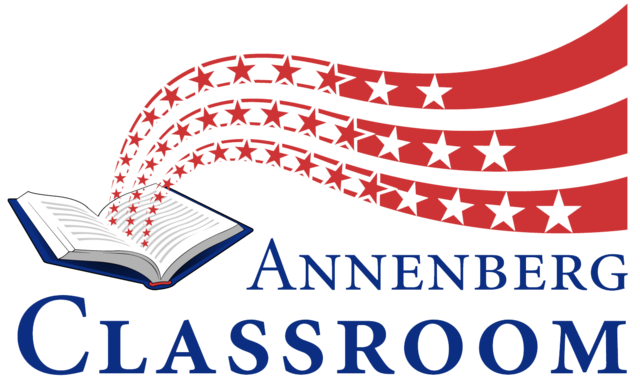
The Roadmap



Annenberg Classroom

This lesson plan will help students grasp the goals of the federal government as stated in the preamble to the constitution through small group exercises and concluding with a presentation to their classmates.

The Roadmap






Emerging America - Collaborative for Educational Services


This lesson plan will help students grasp the goals of the federal government as stated in the preamble to the Constitution through small group exercises and concluding with a presentation to their classmates.

The Roadmap



Emerging America - Collaborative for Educational Services


This unit of lessons and tools examines the ins and outs of our founding document and how it works in practice.

The Roadmap



iCivics, Inc.




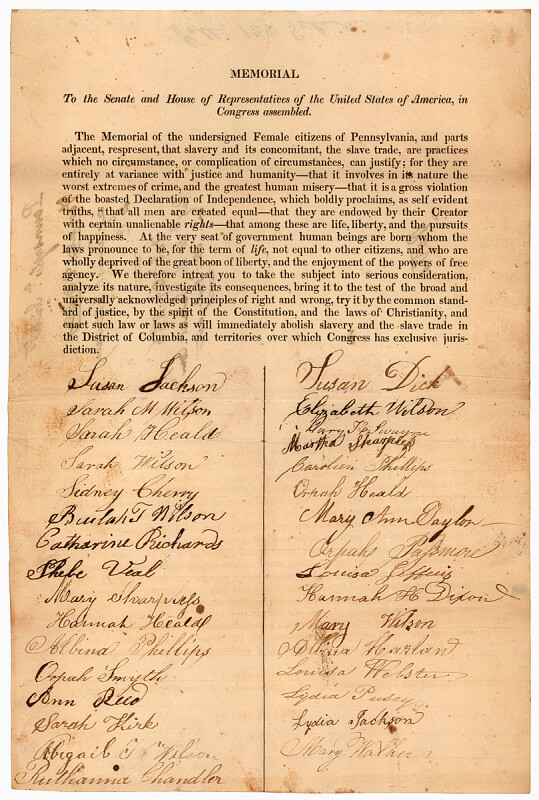
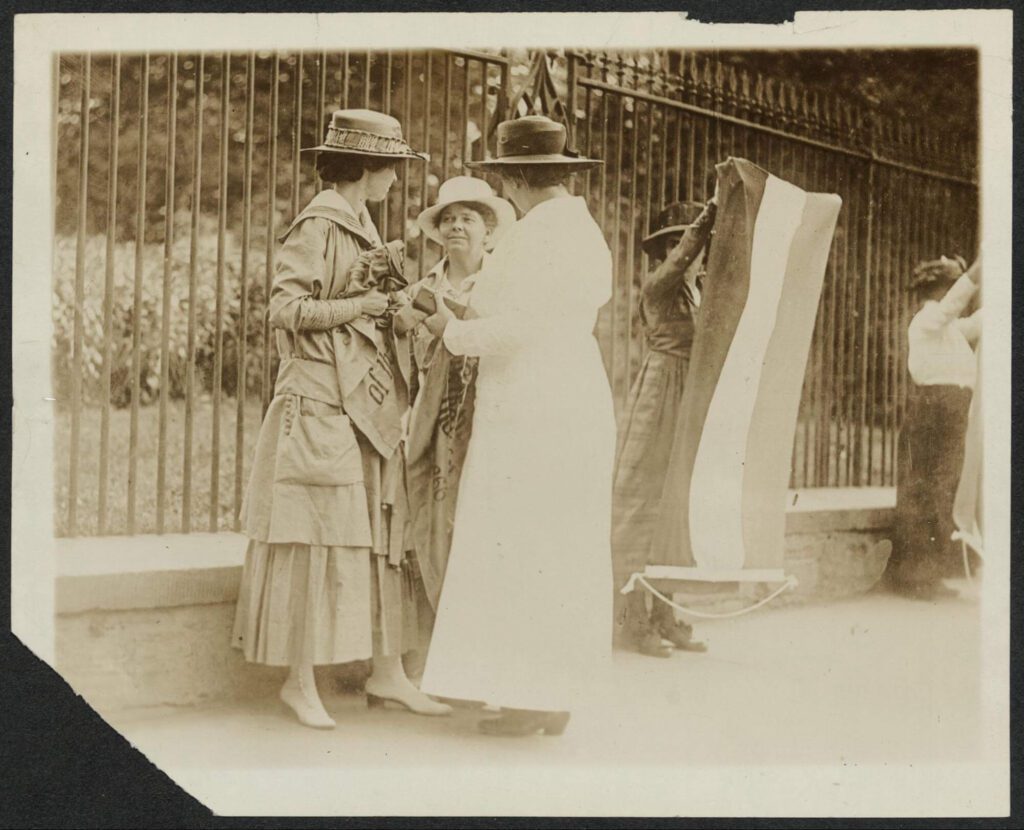



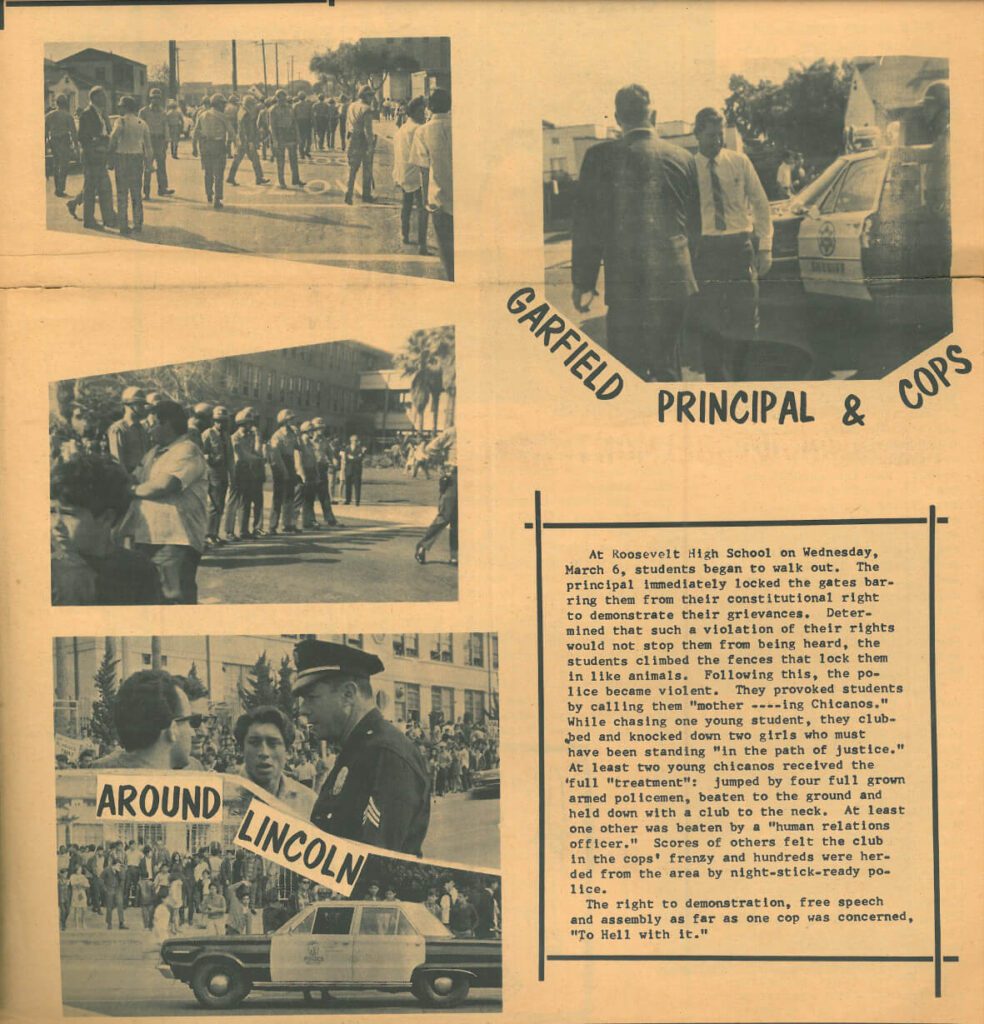
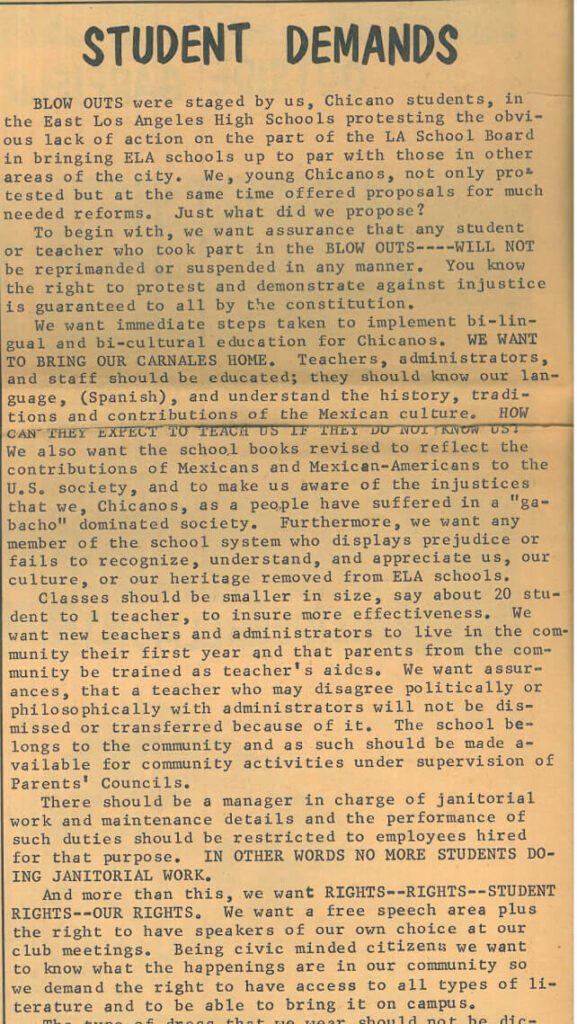
![Village of Skokie v. National Socialist Party of America [photographs,1978]](/wp-content/uploads/2023/09/In-Village-of-Skokie-v.-National-Socialist-Party-1024x682.jpg)
![Village of Skokie v. National Socialist Party of America [photographs,1978]](/wp-content/uploads/2023/09/In-Village-of-Skokie-v.-National-Socialist-Party-2-1024x678.jpg)
![Village of Skokie v. National Socialist Party of America [photographs,1978]](/wp-content/uploads/2023/09/In-Village-of-Skokie-v.-National-Socialist-Party-3.jpg)

